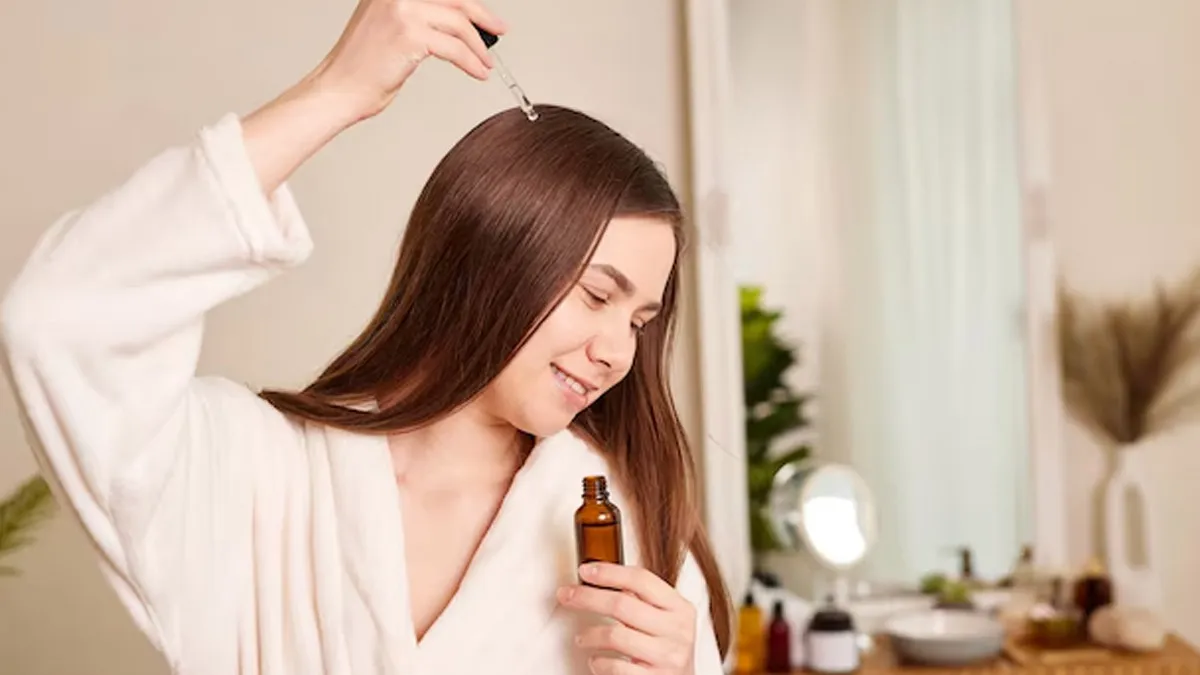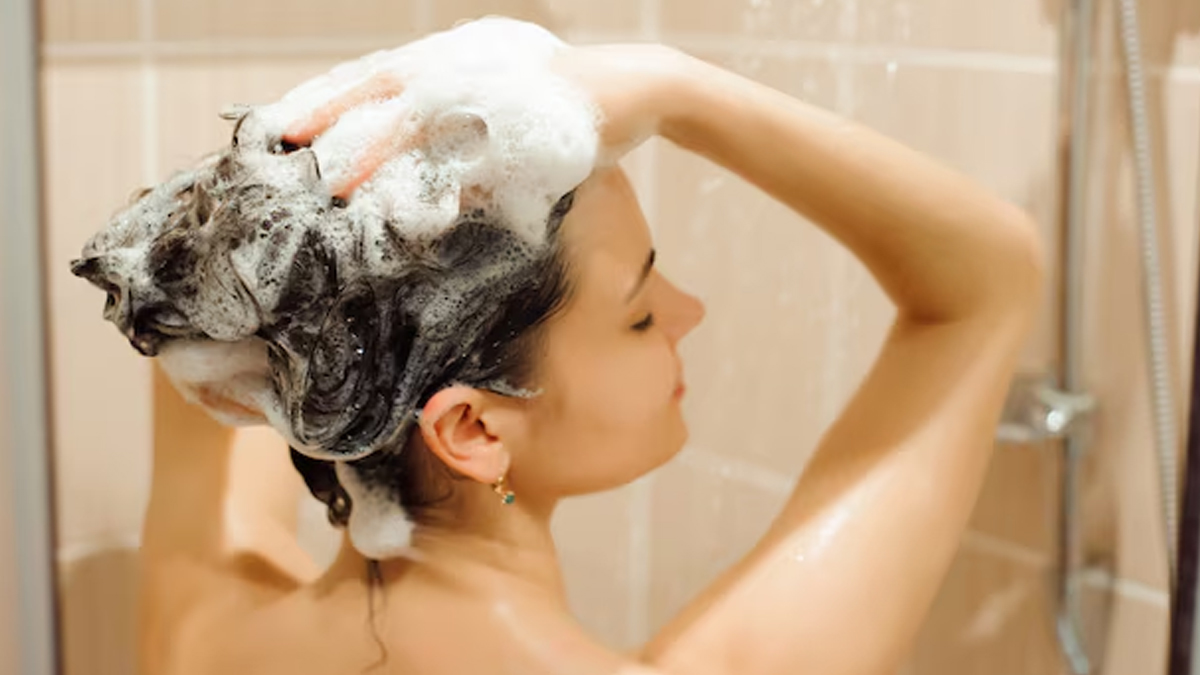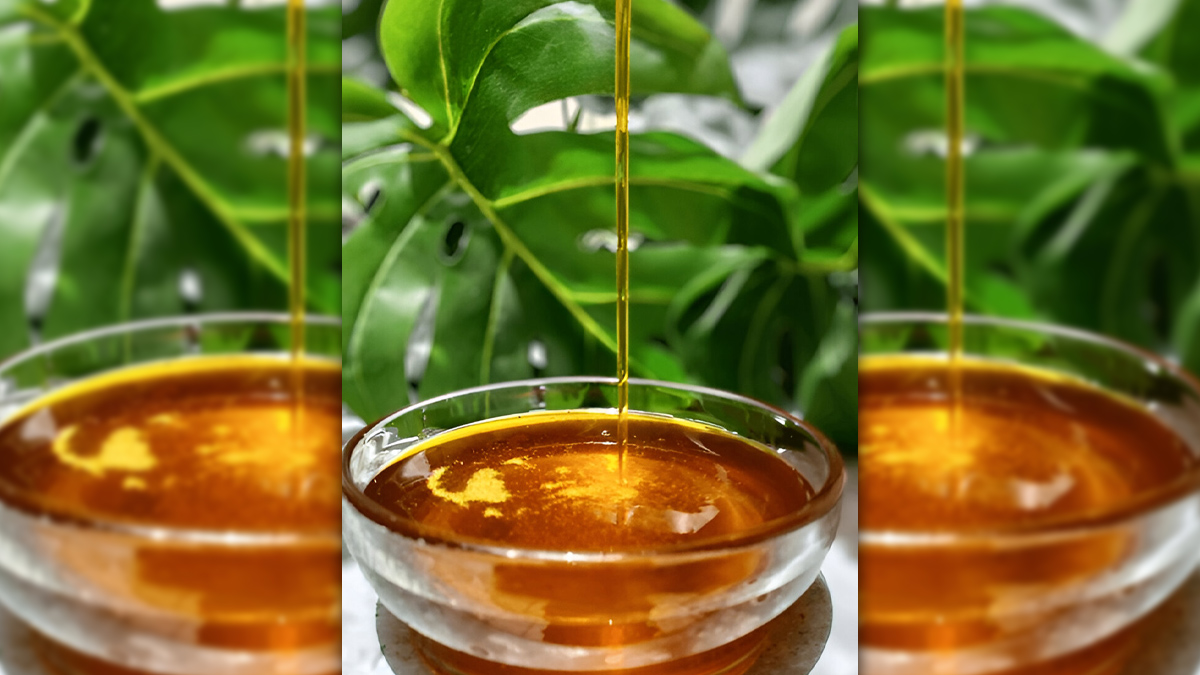
Did you ever oil your hair with great expectation, only to see it make little to no difference? The shine did not last, the softness was fleeting, and the roots were still parched. It's a common experience, and the missing link frequently is the way we prepare our scalp prior to the oil application.
Table of Content:-
Just like the skincare, where cleaning and prepping your skin makes your serum more effective, hair oiling also begins with preparation. A clean, receptive scalp can make all the difference in how well the oil penetrates and nourishes. Here's how to do it right, so your trusted oil can deliver the results it promises.
How to Prep Your Scalp Before Oil Application for Better Absorption
1. Start With a Clean (Not Stripped) Scalp

No, this doesn’t mean shampooing right before oiling. But applying oil to a scalp that’s loaded with product buildup, sweat, or dirt is like watering a plant through a layer of plastic. It won’t penetrate.
What to do
If it's been a few days since your last wash or you’ve used styling products or dry shampoo, rinse your scalp with plain lukewarm water or use a gentle scalp cleanser to remove any buildup. This clears the way for your oil to be better absorbed rather than just sitting on top.
2. Exfoliate Gently (Once a Week)
Consider exfoliation as a reset button for your scalp. Dead skin, sebum, and impurities can form a layer of dirt that clogs pores and prevents absorption.
How to do it
Use a gentle scalp scrub or blend brown sugar and aloe vera gel and massage in smooth, circular motions. Don't overdo it, once a week is sufficient. A clean, flake-free scalp will be able to absorb more oil.
Also Read: Dermat Reveals The Best Oil For Head Massage In Monsoon
3. Warm the Oil (But Don’t Overheat)

Cold oil straight from the bottle may not be as beneficial as you think. Warming up your oil slightly promotes better blood circulation for massage and opens up pores on the scalp, enabling more effective absorption.
How to warm it
Place your oil in a small bowl and set it in a larger bowl of hot water for a few minutes. Make sure it’s warm, not hot before applying. Oils like coconut, almond, jojoba, and sesame work well when slightly warmed.
4. Dampen the Scalp Slightly
This is a lesser-known trick, but dampening your scalp before oiling can help enhance penetration. Just as the damp skin takes more skincare products in, your scalp is the same.
How to do it
Mist your scalp with a light spritz of water or rosewater spray before applying the oil. The water makes the oil penetrate deeper into your skin and hair follicles.
5. Massage to Activate
A proper scalp massage is not only soothing, it's a strong move for stimulating hair follicles and sending the oil where it needs to go.
Technique matters
Use your fingertips (not nails) in a circular motion. Begin from the crown and move outwards, taking at least 5–10 minutes. This increases circulation and spreads the oil evenly. You can even tilt your head forward while massaging for more blood flow to the scalp.
Also Read: Transforming Your Hair Care Routine: A Simple Guide To Choosing The Right Hair Oil
6. Choose the Right Time
Nighttime is usually the best time to oil since it has time to penetrate deep without disturbance. Refrain from oiling a dirty scalp at night, as this can plug pores and result in scalp acne or clogged pores.
Pro tip
If you’re short on time, even leaving the oil on for 30–60 minutes with a hot towel wrap can improve absorption compared to applying and washing it off immediately.
[Disclaimer: This article contains information for informational purposes only. Hence, we advise you to consult your professional if you are dealing with any health issue to avoid complications.]
Also watch this video
How we keep this article up to date:
We work with experts and keep a close eye on the latest in health and wellness. Whenever there is a new research or helpful information, we update our articles with accurate and useful advice.
Current Version
